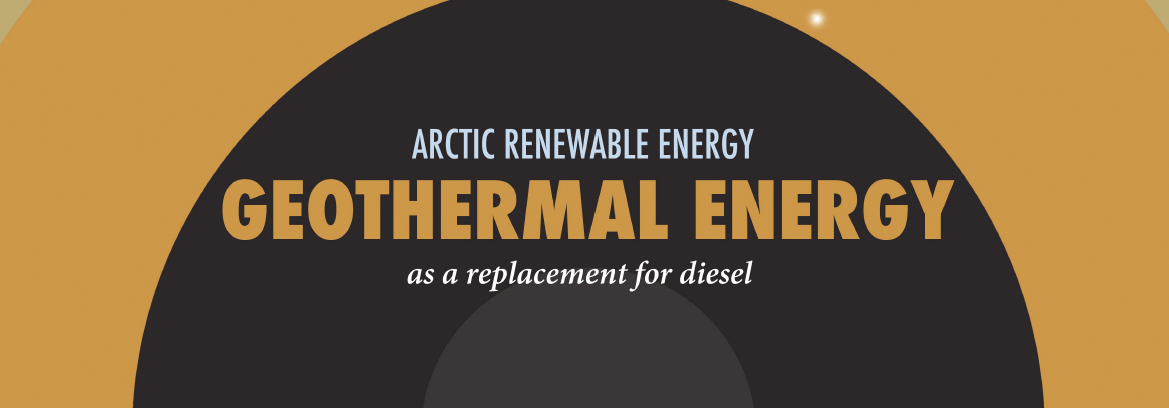Best Practices of Geothermal in the Arctic - Infographic

Geothermal power provides a clean alternative energy source in the North America Arctic. Photo: The Arctic Institute, design by Davey Barnwell
In March 2017, The Arctic Institute in partnership with Yukon College, the Pacific Northwest Economic Region (PNWER), and Indigenous and Northern Affairs Canada, with support from the U.S. Mission to Canada held a two-day workshop in Whitehorse, Yukon on the future of Arctic entrepreneurship. Bringing together dozens of interested stakeholders, the workshop featured roundtable discussions, based around the foundational dimensions that make a successful renewable energy project, namely, (1) How to overcome technical challenges to develop a project; (2) How stakeholders ensure Indigenous and community engagement; (3) How to ensure the financial commitment necessary for a project; and (4) How policy is either changed or enhanced to promote small-scale renewable energy projects.
Working with experts, academics, government officials, Indigenous leaders, and energy practitioners, the symposium between Canadian and American participants facilitated a much-needed best practice sharing of how to move the Arctic towards a green, innovative economy. The infographic available for download below highlights basic information and takeaways from one of the four roundtable discussions on Geothermal Energy.
Workshop Takeaways on Geothermal Energy
Planning & Policy
- Creating a strong, supportive sub-national geothermal policy in Alaska and the Yukon can guide projects and attract private businesses.
- Incentives for both exploration and direct-use heating and commercial users through government grants can foster startup projects.
- Plan to collaborate with private sector, public sector, and researchers to get projects off the ground – a team effort results in the best projects.
- Planning should go beyond surface geology. Accurate geological knowledge, which may require drilling, are needed for successful projects.
Community Engagement
- Using social media, especially Facebook, for community consultation on geothermal projects is a good way to engage residents.
- Having a community champion to engage all stakeholders, researchers, and financiers is important for a successful project.
- Engage Elders at an early stage, including direct education on what geothermal energy is.
- Community engaged cannot be consultant driven, it must come from the bottom-up.
Financing & Technology
- Simple heat pumps and direct use of geothermal may hold better economics for domestic use.
- Include greenhouse gas emission reductions in any funding application, especially for public funding.
- Use multi-use technology to connect geothermal power generation to economic development, like a spa, or food security in greenhouses.
- Sharing the financial risk by including several public and private partners.
Bottom Line: What’s needed?
- Standard protocol for estimating and reporting the potential of geothermal energy.
- Territory and State policy for geothermal development.
- Private capital and public grants for exploration, development, and construction.
- Government incentives for private investment to compete with other fuels and energies.
This is our fourth installment on renewable energy in and for the Arctic. You can find other infographics below: